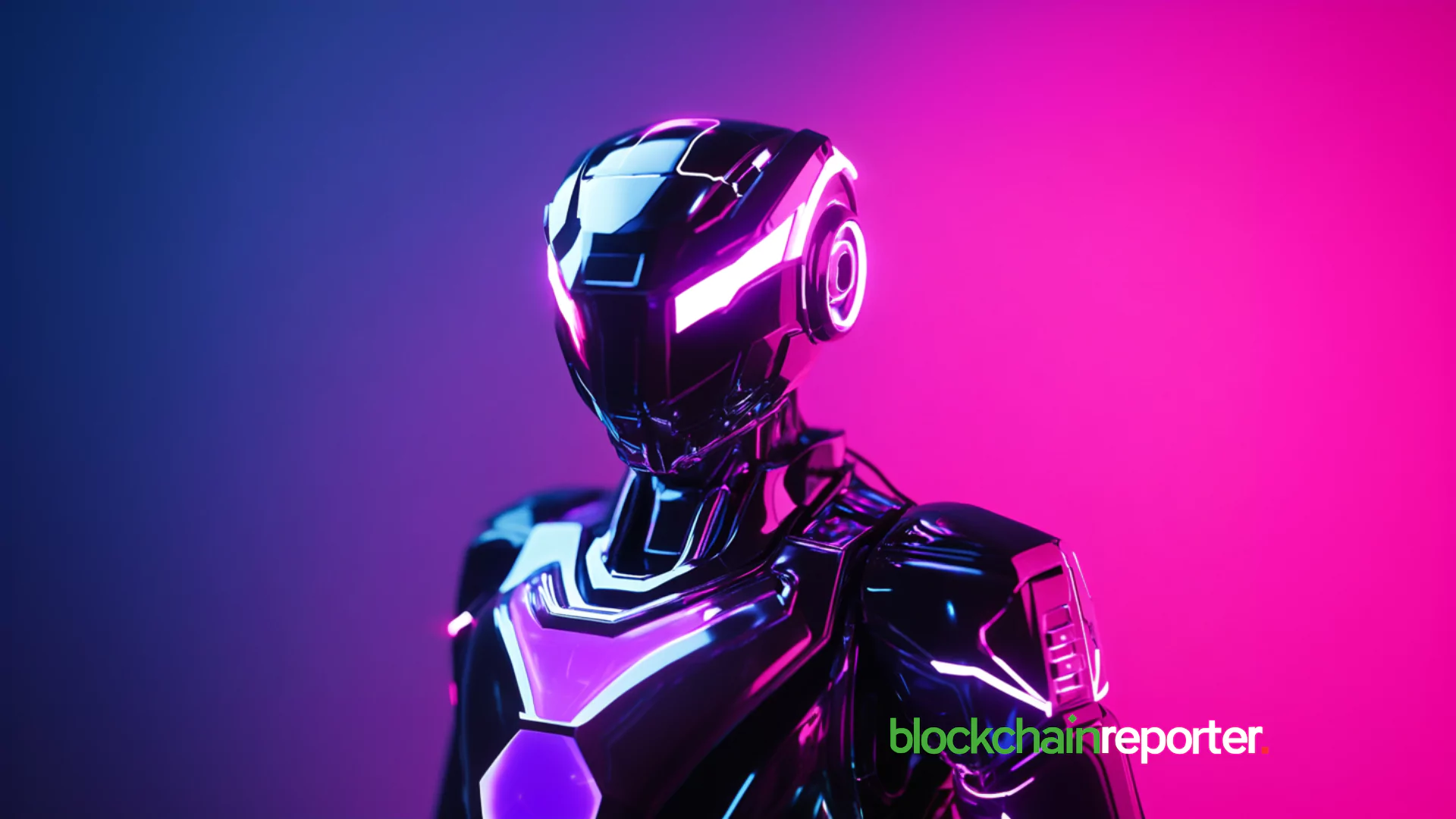Quack AI and Gimo Ally to Strengthen Decentralized AI under OG Ecosystem

Quack AI, a prominent artificial intelligence (AI) governance layer for Web3, has allied with Gimo Finance, 1st LST on OG, strengthening the OG ecosystem. This strategic collision is aimed at elevating and strengthening the decentralized AI ecosystems. In addition to that, they are set to activate the 0G ecosystem by merging liquidity, governance, and intelligent coordination. Quack AI reveals this news through its social media, X account.
Quack AI and Gimo Finance Link Liquidity and Governance to Power Decentralized AI
Quack AI is set to integrate its governance intelligence layer with the Gimo’s liquidity layer to effectively align with capital movement and decision making in a decentralized framework. In addition to that, this synergy is expected to enhance that how decentralized AI projects will manage resources, scalability and execute the governance mechanisms.
As an integral part of this union, OG Labs is serving as the foundational layer for AI-driven protocols for accessibility to decentralized governance, distributed computing power and seamless liquidity support. Moreover, Quack AI and Gimo are poised to inculcate their expertise to strengthen the OG Labs ecosystem efficient liquidity solutions, intelligent coordination and governance for the AI protocols.
Bridging Liquidity and Intelligence for Decentralized AI Growth
This collaboration of Quack AI and Gimo Finance is of great significance as it underscores the evolving trend where AI and Web3 infrastructures collide for scalability, transparency and autonomous systems. By linking liquidity with intelligence, this synergy doesn’t not only accelerates the development of OG Ecosystem but also set stage for decentralized AI networks to operate more cohesively.
As decentralized AI is continues evolving, this partnership points out the the importance of integrating financial and governance components to drive sustainable ecosystem growth which is a key step toward realizing the full potential of intelligent and onchain economies.
You May Also Like

Understanding the Ethereum Interoperability Layer (EIL): Bridging L2 Fragmentation and Building a Seamless Cross-Chain Experience

The whale "66kETHBorrow" purchased another 7,837 ETH, bringing its total holdings to 440,500 ETH.
